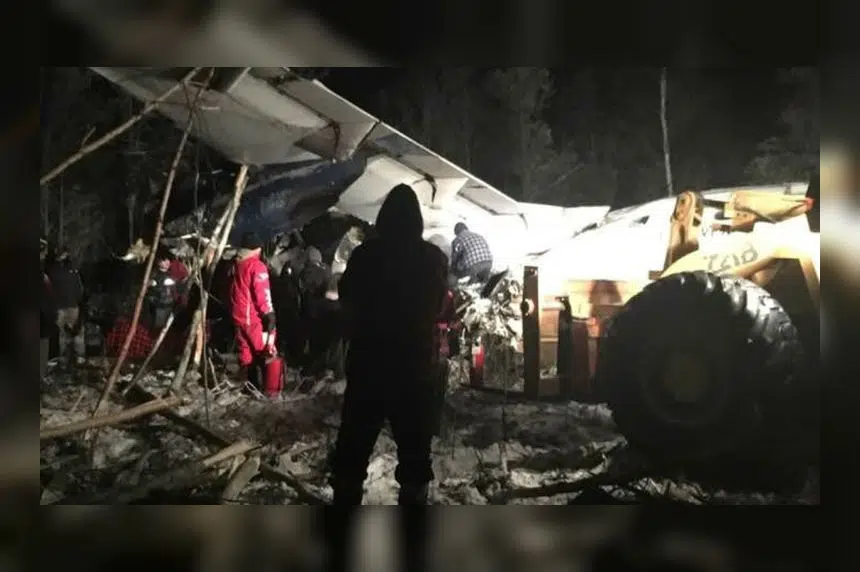
TSB raises de-icing issue as survivors grieve a year after plane crash
The fatal December 2017 Fond du Lac airplane crash has now opened the Transportation Safety Board’s eyes to a nationwide problem with de-icing planes.
In a news conference Friday in Saskatoon, the TSB released their findings from an investigation that began over the Dec. 13, 2017 crash that injured 25 people aboard a West Wind Aviation passenger plane, including a 19-year-old man who died of his injuries days later.
West Wind flight 282 fell out of the sky 17 seconds after takeoff, and though the exact cause hasn’t been determined, initial findings discovered the plane had ice on it.
Lead investigator David Ross said there was de-icing equipment at the Fond du Lac airport, but it was “insufficient” for properly removing ice from the plane.


